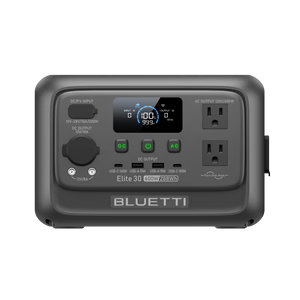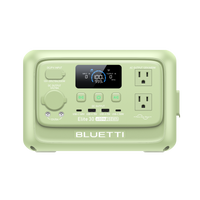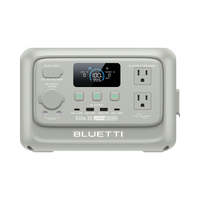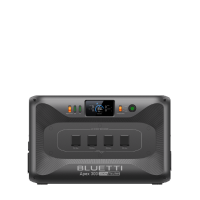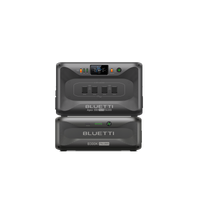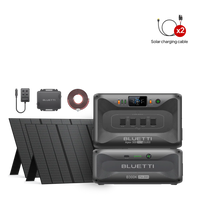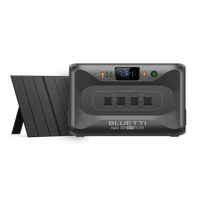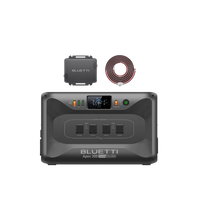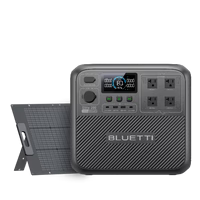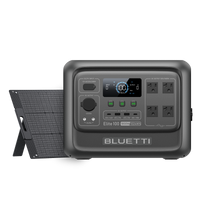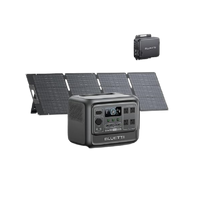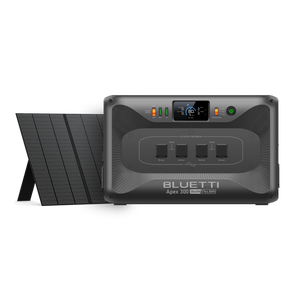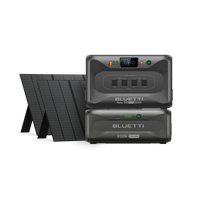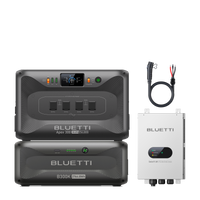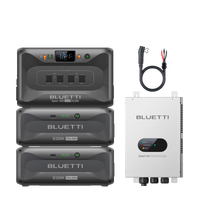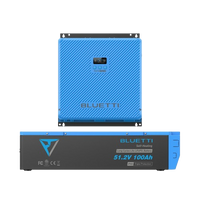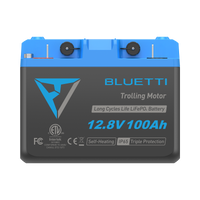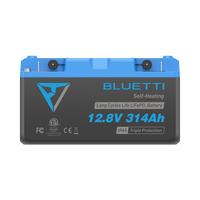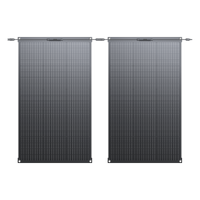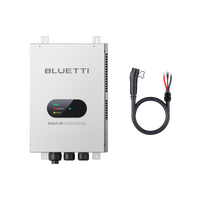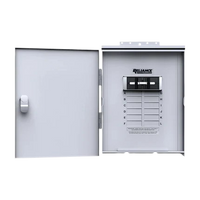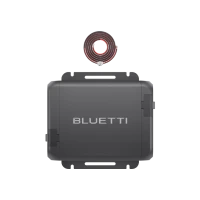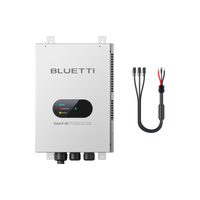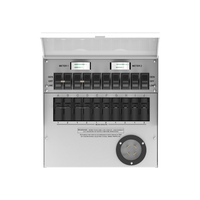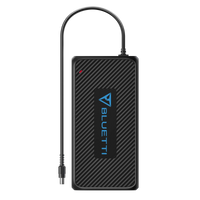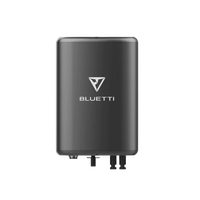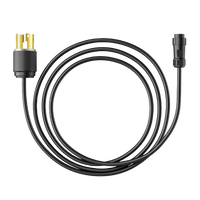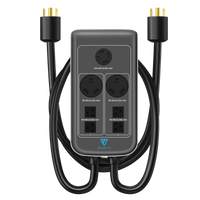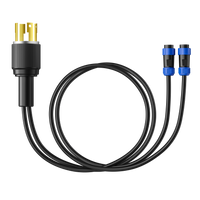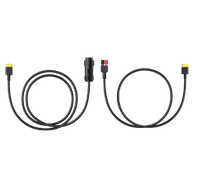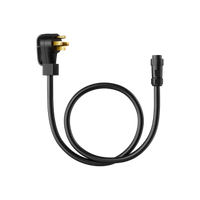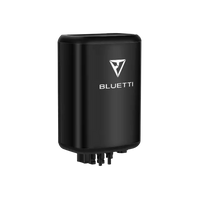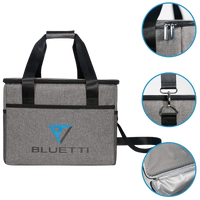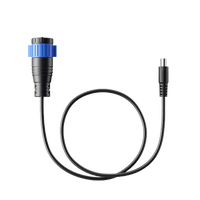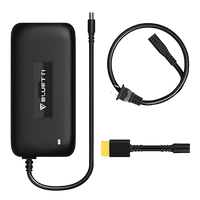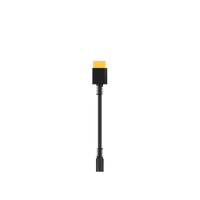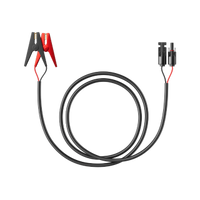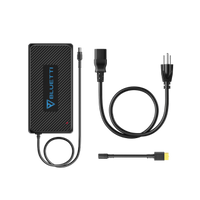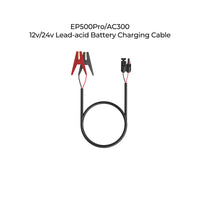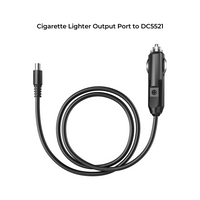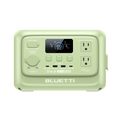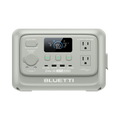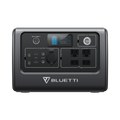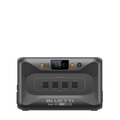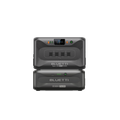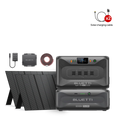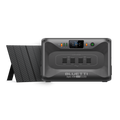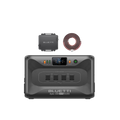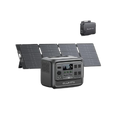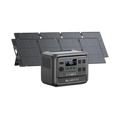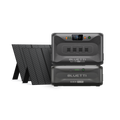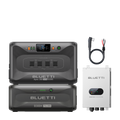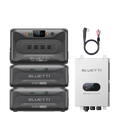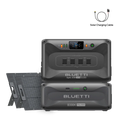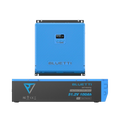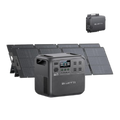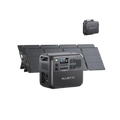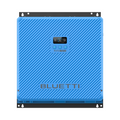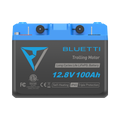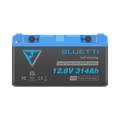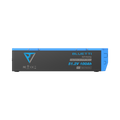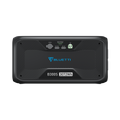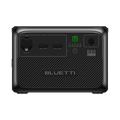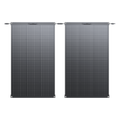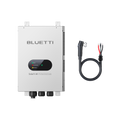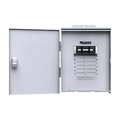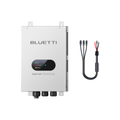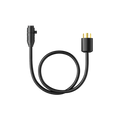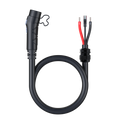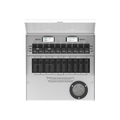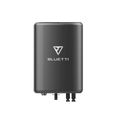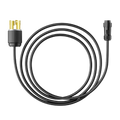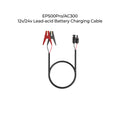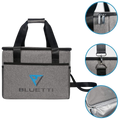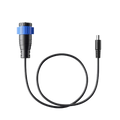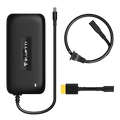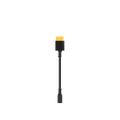A sustainable dwelling refers to one that is not connected to any public utilities. This homestead does not link to an electrical grid, water supply, or sewage system. The cabin makes use of unconventional sources to power, provide water to, and manage wastes from the cabin. In addition to being eco-friendly, living in an off-grid cabin gives one independence and self-satisfaction, which goes along with the feel of an authentic lifestyle and closer contact with nature.
This independence is, however, accompanied by several challenges in the day-to-day life off-grid, like choosing the best power supply, calculating the power needed at the cabin, and the maintenance of power at your off-grid cabin. The other thing you will have to look at includes the cost, availability, and legality of that selected power supply option.
In this post, we will be answering the question "How do I power my off grid cabin?" We will go in detail and explain what off the grid power actually is, its advantages and disadvantages, bringing power to your off the grid cabin, what would suit you best in terms of power supply, watts that you may need for your cabin, and finally, some of the best solar generator kits which can be used for an off-grid cabin.
What Is Off-Grid Power?
Off-grid power means, by definition, an energy system that works independently of the traditional power grid. One thus produces and, in most cases, even stores power on-site from preferably reusable resources like solar, wind, or even hydro power. It also means one has to manage power usage with judiciousness, meaning it might not be fully expended. They are most useful in far-removed areas, where grid accessibility is pretty limited and prone to failure or, for that matter, even expensive.
Homeowners can also use them, probably in the struggle with the carbon print, while trying to cut on electricity bills or for various other reasons in their bid to get more control over the power supply. Off-grid systems offer resilience from the risk of outage and grid failures and, at the same time, ensure environmental conservation.
It will, therefore, need the components like generators, batteries, inverters, and controllers in order to run effectively. The size and cost of these components will depend on your energy needs and decisions. Besides, there is a lot of flexibility, hence the option for a number of off-grid power systems, like those that are described as AC, DC, or hybrid, all depending on the appliances and devices.
Pros and Cons of Off-Grid Power
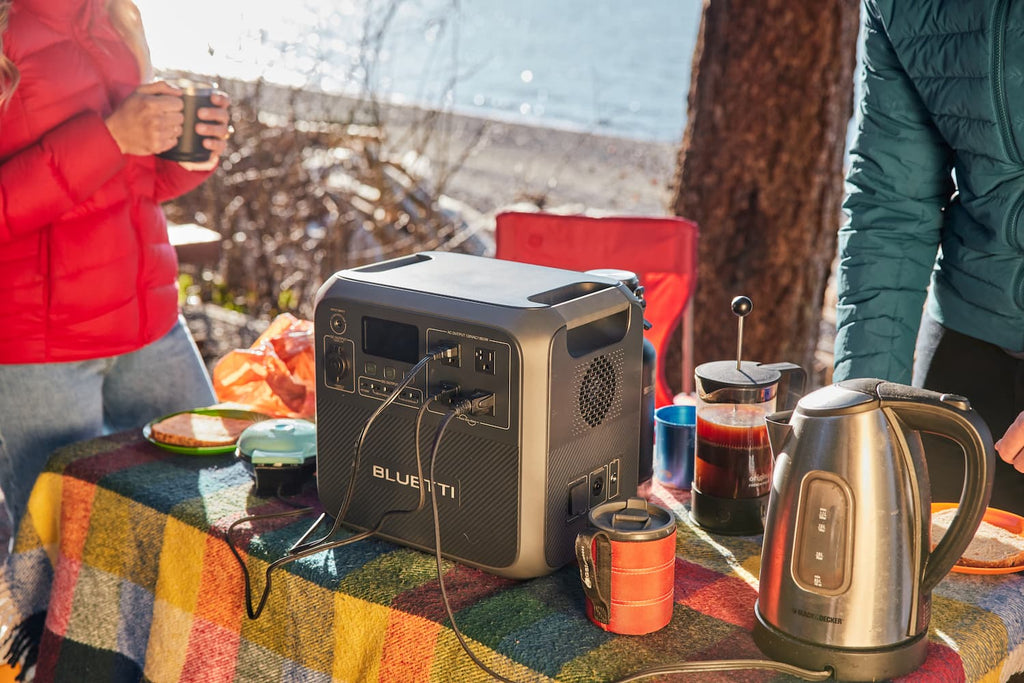
The off-grid power systems are related to a number of benefits. The major one is self-reliance. In this case, the level of operation does not have an attachment to the local utility provider. That is to mean on a monthly basis such independence could accrue great savings, since utility bills get reduced by huge percentages or completely zeroed out. Other than this, off-grid systems provide resilience from power interruptions.
However, it also has some associated challenges. The cost of setting up an off-grid system might be too high, especially the installation of batteries and other purchasing energy solutions for storage. Another limitation comes from the fact that the storage of solar energy is limited. That means that the efficiency of the system is going to vary depending on the sunshine, which is not constant. Lastly, to ensure the off-grid system is operational, energy efficiency, therefore, comes in as another key. Users will have to observe how they use energy with utmost keenness to ensure that the system will be able to serve the purpose for which it is required.
How Do I Get Power to My Off Grid Cabin?
Powering an off-grid cabin is the act of producing one's own electrical power without reliance on utility services. The commonly used methods in most cases involve solar panels, wind turbines, and micro-hydro systems.
The most feasible is the use of solar power, only requiring the location to be basked in an overabundance of sunlight. Some locales can also be powered by wind and micro-hydro power. Nonetheless, it requires a huge capital to be installed, especially at the beginning cost. It will require setting up a power station to convert the harvested power into usable electricity. On those instances where renewable resources are not sufficient, a backup generator may be needed.
The system you install will depend on your cabin size and how much electricity you require. A small solar power system will serve you well if you require very little electricity, say to light up your cabin or for appliances within it with low voltage. Most importantly, the self-sufficiency of an off-grid cabin can be derived from good planning.
Which Power Supply Option Is Better for You?
Among the many alternatives, solar power seems to be the most preferred by many who own and stay in off-grid cabins, since it has several advantages over other alternatives. Most importantly, it is an environmentally-friendly, relatively cheap, and reliable source of power, provided one gets enough exposure to the rays of the sun.
Other such sources of power as wind and micro-hydro are less practical and less preferred for off-grid cabins. Both need strong wind and flowing water, respectively, to turn on electricity-generating devices. It also requires more complex and expensive equipment and installation. On the other hand, solar power is easily accessible, easy to install, and maintain. As such, we recommend solar power as the best power supply for your off-grid cabin.
How Many Watts Do You Need for Your Cabin?
To determine the power needs of your self-sufficient cabin, this represents the sum of very many needs that come into play every day. First, you must list down all the devices that you are supposed to run, including those for necessities like lighting and refrigeration up to some luxury like a toaster or a coffee machine. The next step will be to determine the running watts of your devices; this is easily found on the device or manual. Summing these numbers up gives one an approximate value of the daily power one is going to use in the cabin.
The standard requirement for a self-sustaining homestead is that 5,000W to 7,000 wattage of power should emanate from the energy source to ensure that the facilities inside the dwelling are running continuously. This becomes very essential, seeing it as one of the factors that will determine what kind of electricity you will be going for—either solar panels or wind turbines—and further find out whether you would also need a battery bank to store up your electricity. Remember, a well-run self-sufficient cabin is one that balances its energy generation with usage.
3 Solar Generator Kits Recommend
A solar generator would be the best in supplying the off grid cabin power. It would assure one of a sustainable and environmentally friendly way of meeting your energy. Here are the three worth solar generator kits that need considering having.
BLUETTI AC200MAX +2*B230 +3*PV200 Solar Generator Kit

For this option, the pure sine wave converter is rated 2,200 watts, with a possible peak of 4,800 wattage. The battery is rated at 2,048Wh for the LiFePO₄ type, but it can be stretched to 6,144Wh when two B230 units are acquired or to 8,192Wh when two B300 units are acquired. It offers seven different types of recharging ways and a maximum of 900W for solar intake. In addition, the package contains three PV200 solar panels, which have a high capacity of 200W. Efficiency is maximized up to 23.4%.
BLUETTI AC300 + 2*B300 + 3*PV200 Solar Generator Kit

This is the best package for huge cabins that may require a very high amount of power with a good backup system. BLUETTI AC300 is a powerhouse in the form of a solar generator, capable of delivering up to 3,000W continuous AC output power and a surge of 6,000W. Adding a B300 will provide the unit with a 3,072Wh LiFePO4 battery capable of supporting over 3,500 cycles and expanding to 12,288Wh. It also features a 240V split-phase bonding, 24/7 UPS home backup, and seven charging modes that incorporate solar, AC, car, generator, and recharging modes of a lead-acid battery, dual AC, and AC+Solar. It also comes with three BLUETTI PV200 solar panels, each being 200W in power with an efficiency rating of 23.4%.
EP500Pro+3*PV200 Solar Generator Kit

This will perfectly work with large cabins in regards to the huge requirements of power yet ensure mobility. EP500Pro is a portable powerhouse with up to 3,000W pure sine wave AC output. It includes a 5,120Wh LiFePO4 battery capacity that can last over 3,500 cycles and can function as an on-grid UPS or off-grid power generator. It can also support multiple loadings at the same time and is app-based remote-controlled, has versatile recharging, and features a smart touchscreen. It includes three pieces of BLUETTI PV200 solar panels, which have strong ETFE coating and are designed to be foldable and portable—features that most solar generators consider.
Final Thoughts
Living off-grid in your cabin has a host of perks, such as giving you the feeling of freedom and independence, reducing environmental impact, and saving on energy costs. However, it all includes deliberate planning to put in place the most appropriate power supply for your cabin, majorly to do with the location, budget, and power considerations.
Most often, off-grid cabins are solar-powered for many reasons, of which cost is a major factor. Solar energy can be harnessed for use in the cabin and, at the same time, used practically in the homestead for lighting purposes. You can capture solar energy and store it for later usage by use of solar panels and batteries. Other sources of energy, like wind or micro-hydro, can always complement your solar system under specified conditions.
